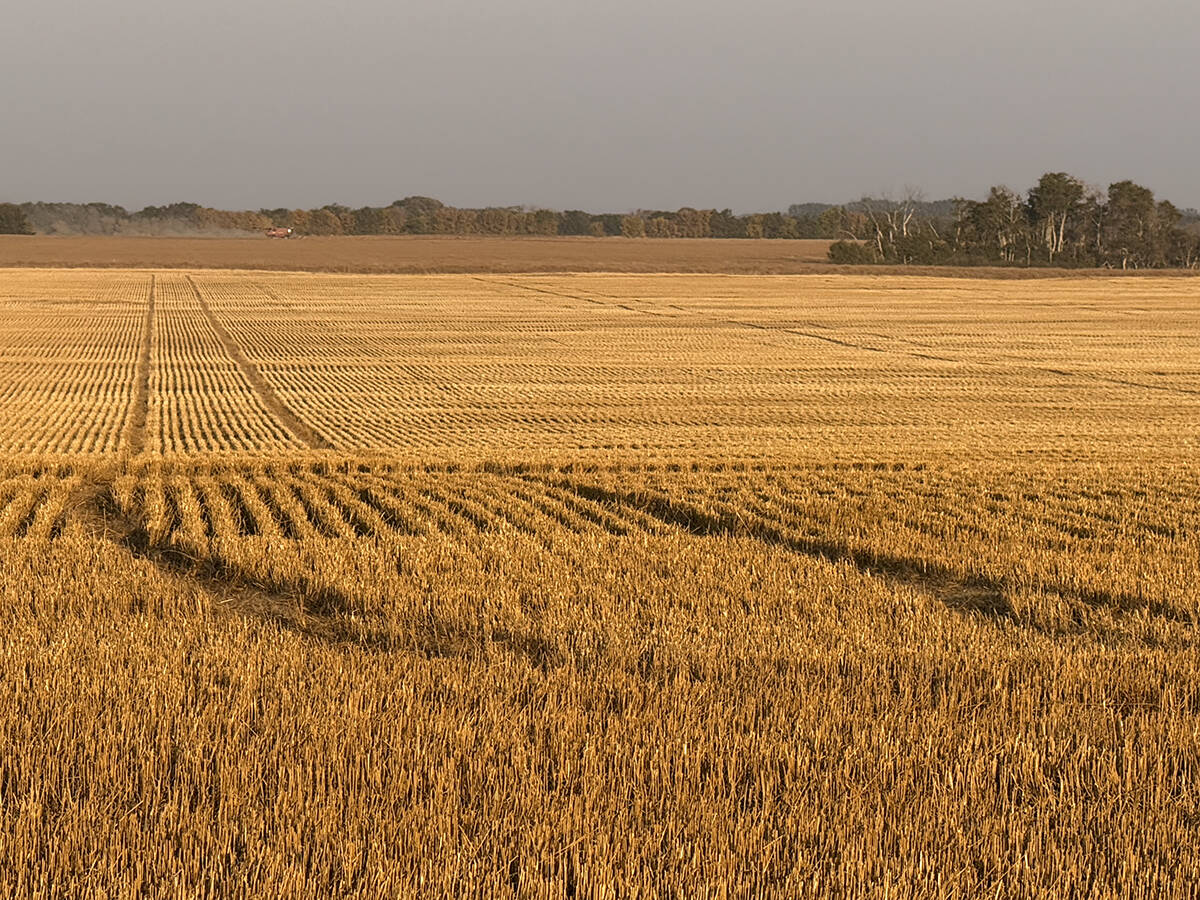Confronted with gloomy price prospects for canola, growers will be looking closely at their production costs this year.
While many may be tempted to cut back on inputs such as seed and fertilizer, an agronomist with the Canola Council of Canada says that may not be wise.
When thinking about reduced seeding rates, for example, it is important to consider field conditions and how that will affect the percentage of seed that will actually grow, Derwyn Hammond said last month during Manitoba Ag Days in Brandon.
Read Also

Final crop reports show strong yields, quality
Crops yielded above average across the Prairies this year, and quality is generally average to above-average.
“When you look at calculating your seeding rate to achieve a desired plant population, the estimated seed survival is a big factor in that equation,” he said.
“You really need to try and do the best job you can of estimating what realistically you can expect in terms of the percentage seed survival. If you’re seeding a little later in the season with warm soils, ample moisture and nice shallow seeding depth, you may be able to get away with some of those lighter seeding rates, but in a lot of cases it may not produce adequate stands.”
Poor moisture conditions, deeper seeding depth and cool soil can delay emergence and contribute to plant mortality.
When deciding what to do about fertilizer, Hammond said it is important for producers to set realistic yield targets. In areas with excess moisture, they should consider the potential impact on yields.
“In some of our heavier textured soils, particularly to the east (side of Manitoba), if you add even average precipitation to what’s in the soil right now, you’re likely going to be causing some stress to some of those crops,” he said.
“You need to think about that as you set your target yields for the coming year and then fertilize accordingly.”
Despite the high costs of nitrogen fertilizer, Hammond said growers should not lose sight of a field’s yield potential.
Nitrogen applications can be tweaked in response to fertilizer prices and anticipated canola prices, but he said those adjustments should be small compared to what the producer sees as the potential yield.
He also encouraged a balanced approach when spending on inputs. Buying top-of-the-line genetics will be pointless if it means cutting back on other inputs and starving the crop of nutrients.
“You’d be far better to select a more moderate yielding variety, save some money there and put a little more money into the fertility program and get a more balanced package across the board. Time and again, achieving that balance usually gives you the best returns at the end of the day.”
He also said that if farmers have money left over after buying all their inputs, they would be better off investing it in hybrid varieties rather than applying extra fertilizer to open-pollinated varieties. The peak in yield response is typically much higher with hybrids than it is with non hybrids.
Hybrids might also be the best option if fields have residual nutrients. Those nutrients could provide an opportunity to go with a standard fertility program while still pursuing the higher yield response that hybrids can provide.
Hammond encouraged growers to devise a marketing plan for their canola before seeding. Knowing the potential value of the crop can help when making decisions about how much to spend on seed, fertilizer and pesticides.
“Having an estimate in your mind of what value that canola is going to have for the end of the day is critical if you’re going to select things like thresholds for pest control,” he said.
“The price you get for that canola obviously has a big impact on what that threshold might be.”
Hammond cited pesticide control of bertha armyworm as an example of how anticipated prices for canola can have a bearing on how much to spend on inputs.
“For every larva per sq. metre, a farmer will lose about .058 bushels of canola per acre. So if it’s going to cost you $12 an acre for application and product to control them, and canola’s at $5 a bu, each larva is going to eat about 29 cents worth of canola. So the threshold (for spraying) is up around 41 larvae per sq. metre.
“If you can get the cost down to $8 per acre and you do a little better job of marketing and can get $6 per bu. of canola, you cut the threshold in half. So it can have a big impact on when you should be considering those pesticide applications.”
Producers trying to decide what canola varieties to grow may benefit from the canola performance on-line database.
Also known as POD, it is located on the Canola Council of Canada’s website at www.canola-council.org and provides growers with access to Prairie Canola Variety Trial results and information on private seed company performance trials.














